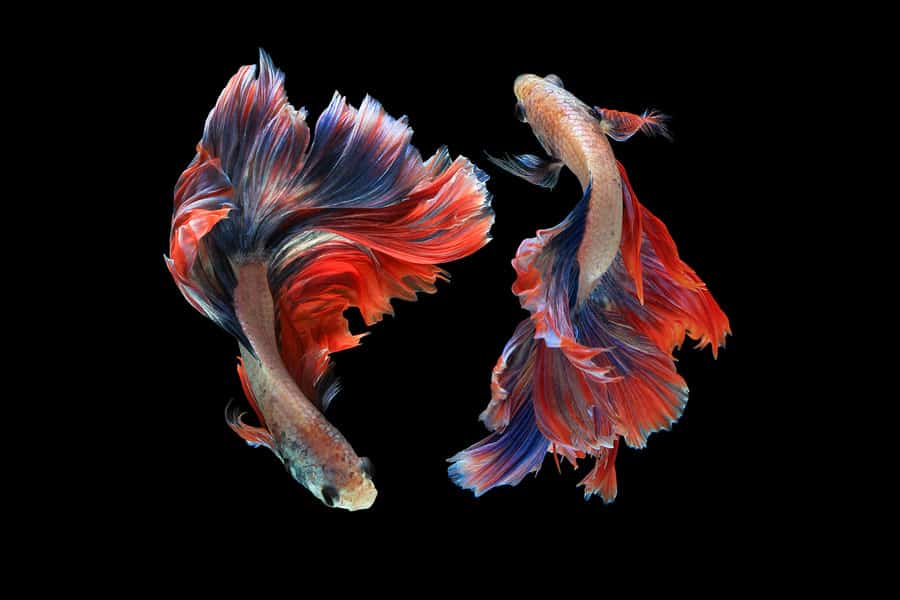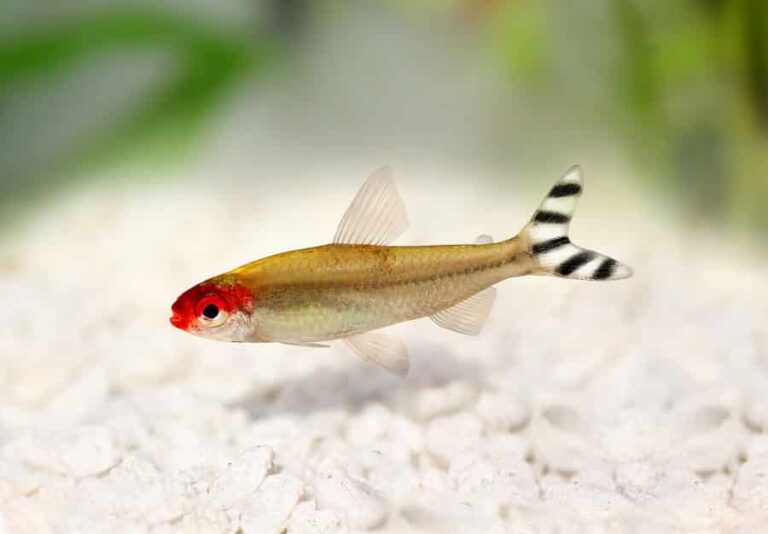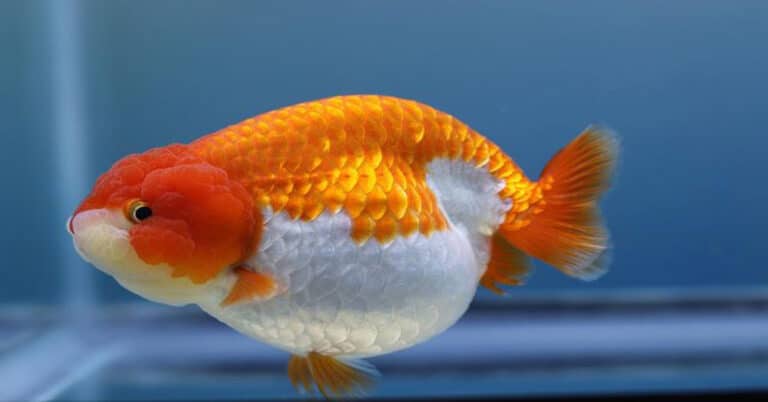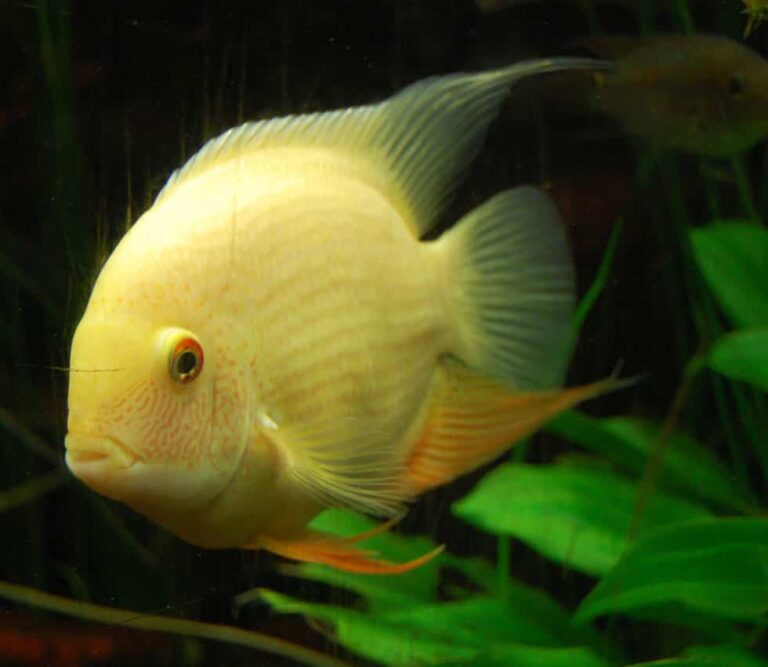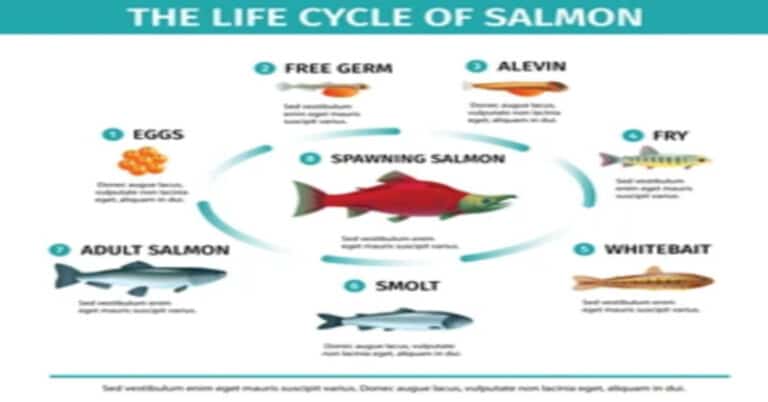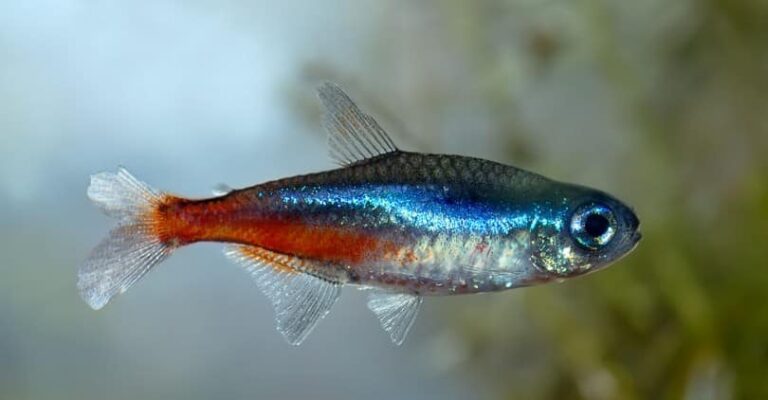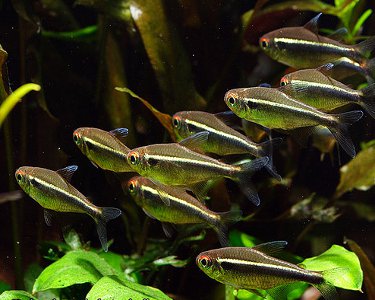Betta Fish
Scientific Classification
| Kingdom: | Animalia |
| Phylum: | Chordata |
| Class: | Actinopterygii |
| Order: | Perciformes |
| Family: | Osphronemidae |
| Subfamily: | Macropodusinae |
| Genus: | Betta |
These attractive Betta fish have exciting colors and graceful tails, and many consider the brightly shining Betta as one of the few pretty freshwater fish for aquariums. The arrangements needed for the Betta Fish to prosper and live long, are simple when compared to the others, which need sophisticated arrangements, like skimmers, filters, heaters, and the like. The Betta Fish looks great in just a bowl. It is learned that Betta fish are found in a variety of colors, such as bluish, reddish, greenish, and the like. Besides, they are seen in a blend of these colors, which gives them an exclusive tinge.
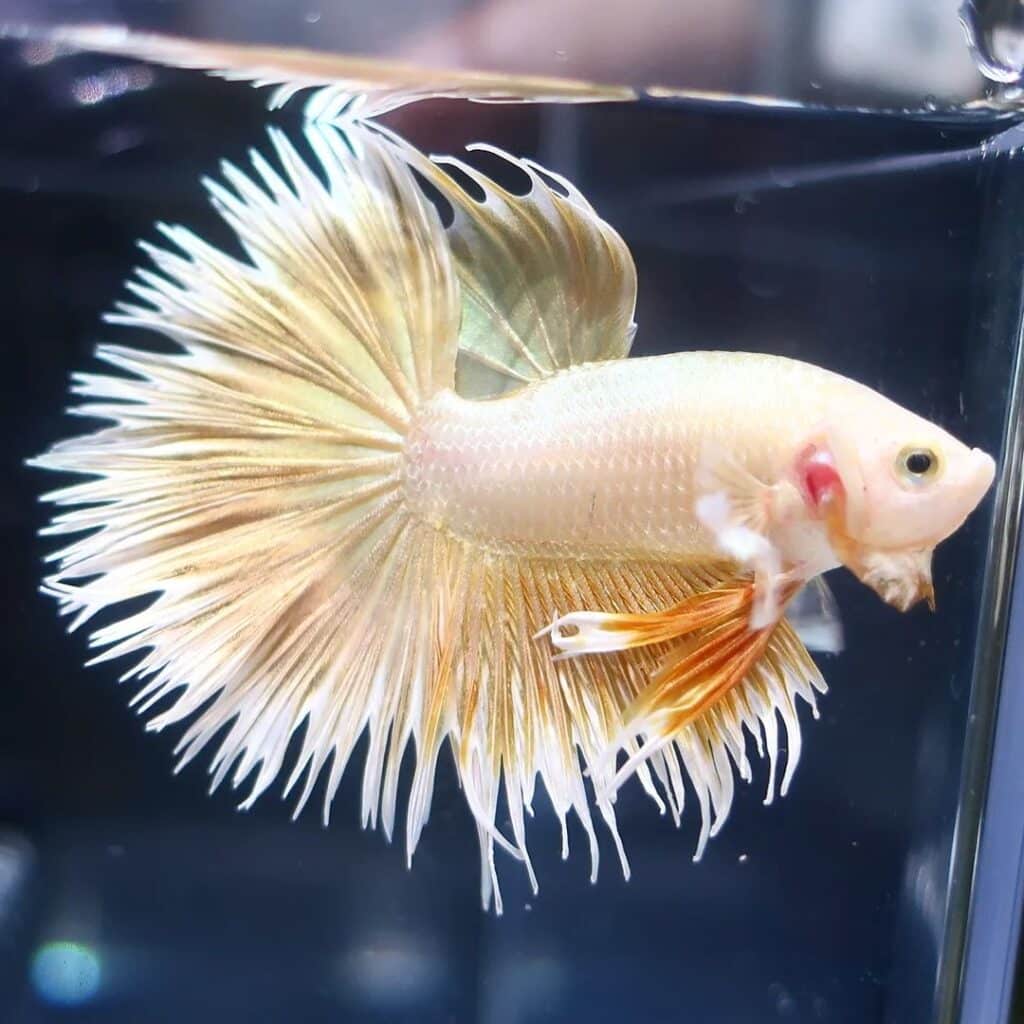
Habitat
The Bettas are local freshwater fish, hailing from Cambodia (previously called Kampuchea) and Thailand,(previously named Siam). Habitually, you find them in rivers, tiny ponds or drains. Betta, aka Siamese Fighter fish or just Betta Splendens, initially was observed in the streams, muddy ponds and rice paddy fields of Thailand. The inventive Betta Splendens had short fins and dim colors. The Betta Fish belong to the Gourami family are of an extensive species comprising of tiny, mostly colored, freshwater fish, with rayed fins. At large, the variety that is well known is the Beta Splendens and the Siamese Fighters,
DESCRIPTION
All the varieties of Betta Fish are tiny fishes; however, their sizes range from below 2.5 cm (1 in.) in the B. Chanoides to 12.5 cm (5 in.) in the Akar Betta or B. Akarensis. The Scientific as well as the local name of the species of labyrinth fish is also Betta, It belongs to this species on account of its labyrinthine chamber over the gills, this helps it to breathe air. Data is classified into 12 species that live in swamps and several freshwaters of low lying lands of Southeast Asia. Betta Splenden and the aka Siamese fighter are the prominent ones in the Betta family it is possible for the Betta Splenden to grow with ease to 75 mm..
Types of Betta Fish
The Veil Tail Betta (VT)
The prominent breed of Betta is the Veil tail, the tails go up in the form of an arch and further floats downwards, just like a veil. It is this appearance that gave them the name ‘Veil Tail’. You get these veil tail fish from most of the fish stores.
THE CROWNTAIL Betta (CT)
The Crowntail fish has named so because of its spiky fins and tail. They are very peculiar and well known. Many of the fish stores have the Crowntails, however, not so frequently available as the veil tails.
The Halfmoon Betta (HM)
Half moons too are also well-liked. It’s their caudal tail spreading out in 180o, which resembles a half moon in shape, from which it derived its name.
The Delta Tail Betta (No Abbreviation)
A Delta tail is the apt name given for a solo tailed Betta that is a non-half moon. A straight tailed fish with caudal borders, similar to a half moon, but not widening out through 180ois a non-Half-moon
The Super Delta (SD)
The Super Delta is just the same as a Delta Tail; however a modified type, the way it spreads its tail, the only remarkable difference is that it spreads its caudal fin to an angle of 120 to 160 degrees
The Double Tail Betta (DT)
The double tail Betta is one which its name implies. It has a split caudal tail, divided into two lobes and not a single tail. The caudal peduncles are double.
These Betta Fish flare their tails approximately in a whole circle. When compared to the other tailed varieties, their bodies are shorter; this leads to Swim Bladder issues The dorsal fins of the double tail betas are broad and beautiful. They are mostly crossed with other strains.
The Spade Tail Betta
Spade tail Betta is rare, hardly found, perhaps extinct. Their caudal tail is like a spade, with a broad base, narrowing towards a point
The Round Tail or Fan Tail Betta
The Round Tail Betta have a solo tail, the edges of which are rounded. At times they are mistaken for the half-moons. The difference is that the round tail posses round edges, whereas the half moons have D shaped sharp edged sides
The Rose Tail Bettas (RT)
The Rose Tail Betta was created by attempting to breed an ideal Half-moon. The fins of this fish, particularly the caudal branch out excessively, overlapping in the form of a rose.
The Plakat Betta (PK)
Plakat am a short-finned description of the usual Betta. When compared to the long-finned Betta, this fish is more agile since its fins are not long and elaborate which holds up their movements
Besides their resistance to disease is greater, as such Betta owners prefer them.
The Comb Tail or Half Sun Bettas (CT)
Half Sun Betta or Comb tail is normally developed by cross breeding a Crowntail with a Veil tail. Even in appearance, they are a bit pointed; they are less spiky when compared to the Crowntail.
The Giant Betta
The Giant Betta is not on the tail variety. It is by all means a giant Betta . The initial breeding was in 1999, where they found an extremely large Betta. When they found another Large Betta Fish, the two were bred jointly. The outcome of those betas was further bred and this continued, until, they developed a chain of Giant Betta. Today Giant Betta are available in any of the above forms of tails, they are not different from the usual Betta, but a bit bigger.
Growing at Home
Select an appropriate Aquarium for its home. In nature, the Betta is used to inhabit Thai rice paddies. They are thus accustomed to living in considerably superficial and airy surroundings. Such facilities are managed by providing your Betta an aquarium of sufficient size, to enable them to live long. If you desire your Betta to prosper, get a tank of capacity, 5 gallons (19 liters) or even more.
FOOD
Pick the proper diet for your Betta. The diet of your Betta Fish suggested is chiefly pellets, prepared exclusively for feeding your Betta. On particular instances, give your Betta blood worms or frozen shrimps. Inspect the constituents of the pellets. Protein based is essentially the first choice. Experts are of the opinion that a minimum of 40 % protein is essential in the pellets. Feed your Betta Splendens with a good quantity of carnivorous diet. You can also give your fish alternatively, frozen blood worms and brine shrimp, young brine shrimps, frozen crayfish eggs, decapsulated eggs of brine shrimps, beef heart (mixed with spinach for the fiber and boiled lettuce), live Tubifex worms, chicken liver and Moina scientifically named Daphne (planktonic crustaceans). Never, at any cost, over-feed your ornamental fish.
Even though it is interesting to watch feeding them live food, dried and frozen products are generally accepted. These are quite safe and free from the main parasites. Dried blood and frozen food are a luxurious feed.
WATER
Buy a heater having a thermostat – The preferred temperature for the Betta Fish is from 75 to 82oF (24 to 27oC). Whatsoever it is, a heater is compulsory. (Betta Fish is a tropical fish) For instance, whether you possess an aquarium lower than your room temperature or if you reside in a cold country, a heater is essential. Small heaters for Betta aquariums of capacity 1 to 3 gallons (4 to 11 liters) are obtainable. In the winter season you need a mini heater for your aquarium or it becomes necessary to keep your aquarium adjacent to a radiator (at a distance of 1 meter or 3.2 feet) from it; this is for averting exposure of your Betta fish from the cold.

Having discovered a fondness for insects while pursuing her degree in Biology, Randi Jones was quite bugged to know that people usually dismissed these little creatures as “creepy-crawlies”.

